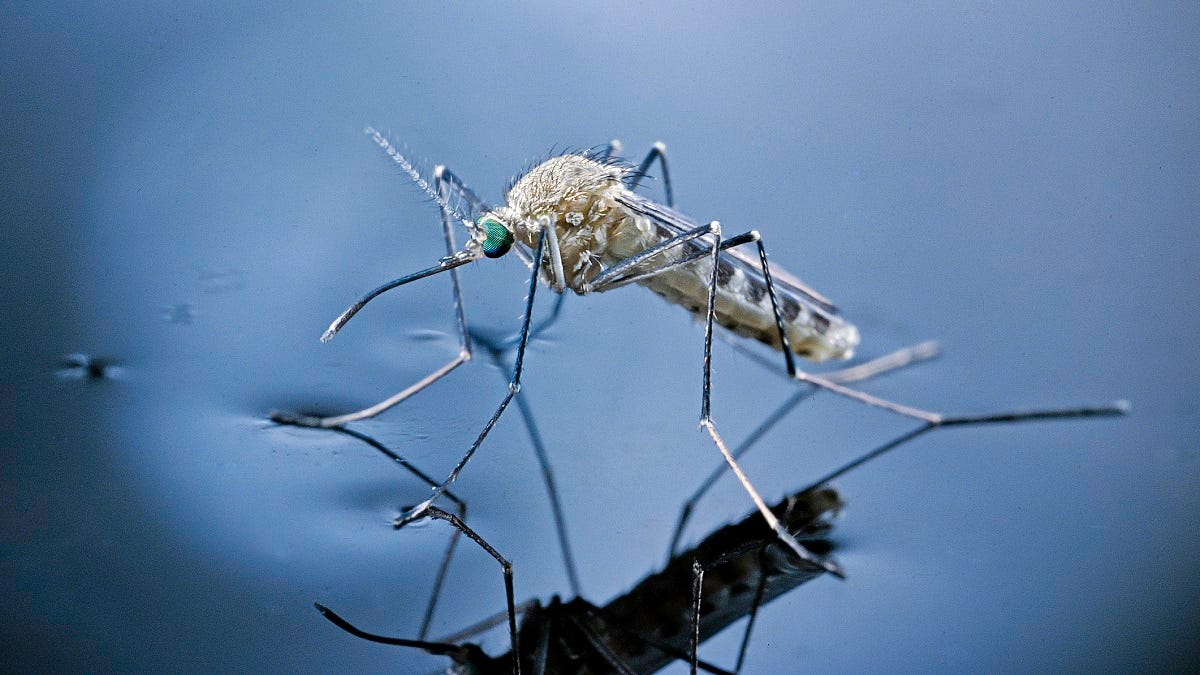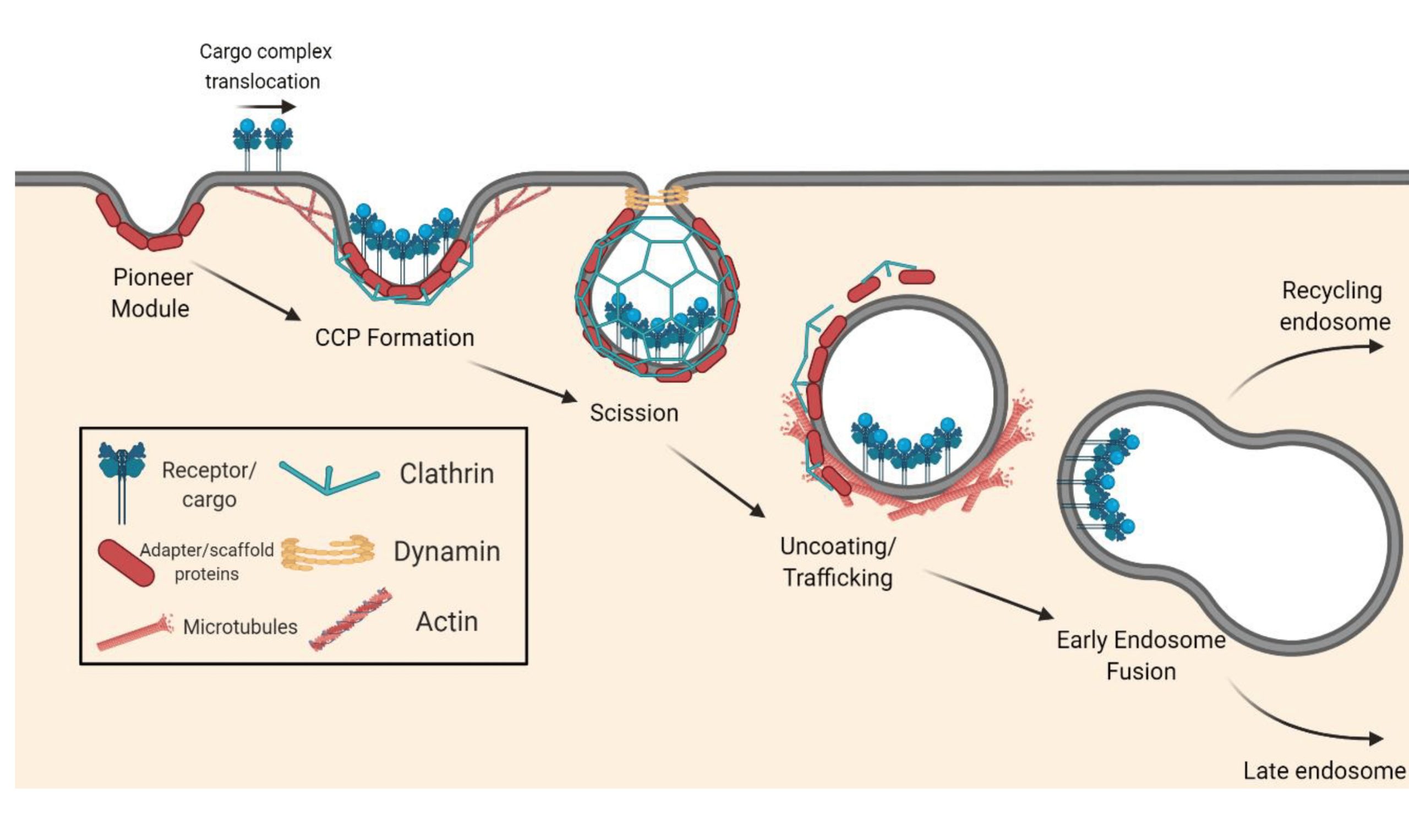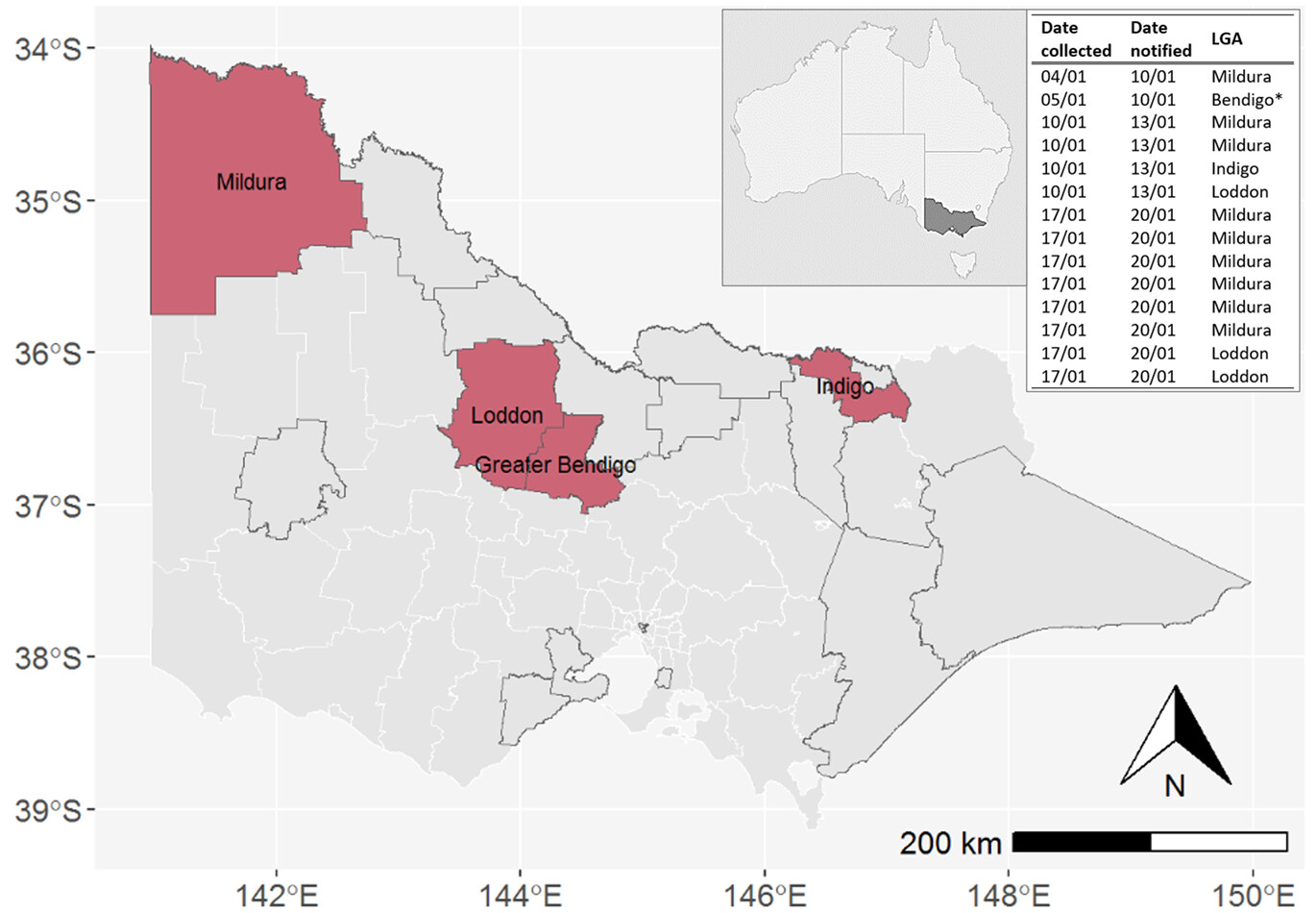
Key facts
- Murray Valley encephalitis is a serious but rare illness spread through mosquito bites.
- Most people who become infected will have mild symptoms, or no symptoms at all.
- There is no vaccine available for Murray Valley encephalitis. The best way to prevent infection is to avoid being bitten by mosquitoes.
What is Murray Valley encephalitis?
Murray Valley encephalitis is a serious but rare illness spread through mosquito bites. Most reported cases of Murray Valley encephalitis have occurred in northern Australia or Papua New Guinea.
What are the symptoms of Murray Valley encephalitis?
Many people with Murray Valley encephalitis have no symptoms. Others may have mild symptoms including fever, headache, nausea and vomiting.
More severe symptoms may include:
- fever
- drowsiness
- confusion
- nausea and vomiting
- shaking
- neck stiffness
- headache
- seizures
Babies who are infected may also become irritable or drowsy.
Murray Valley encephalitis can be fatal in a very small number of people.
How is Murray Valley encephalitis diagnosed?
Your doctor may diagnose the infection with a blood test and a lumbar puncture to test a sample of fluid from around the spinal cord.
How is Murray Valley encephalitis treated?
There is no vaccine or specific treatment for Murray Valley encephalitis.
Medicines are available to treat mild symptoms such as headache and fever. Some people may need treatment in a hospital if their symptoms are severe.
Can Murray Valley encephalitis be prevented?
The best way to prevent Murray Valley encephalitis is to avoid being bitten by mosquitoes and midges.
Cover up as much skin as possible and stay inside in the early morning or at dusk. Screen living areas, and make sure you use an insect repellent when you are outside and there are mosquitoes around.







